Easy Apply Minwax Polycrylic
BEST: MINWAX POLYCRYLIC
IN THIS GUIDE:
› EASIEST TO APPLY: GENERAL FINISHES
› BEST OUTDOOR: TOTALBOAT VARNISH
› MARINE GRADE: TOTALBOAT EPOXY
› FOOD SAFE: ODIE’S OIL
› SPRAY ON: RUST-OLEUM LACQUER
› ECO-SAFE: VERMONT NATURAL
Choosing the best clear wood finish for your project can be a difficult choice. While some of the top clear coats are designed to not yellow the wood, others protect against water damage and still others are free of harmful VOC’s to be food safe.
And to make things more confusing, you’ll need to choose between interior and exterior finishes that offer features like:
- Wipe on applications
- Extreme hardness (epoxy)
- UV protection
- Water contact
- FDA approved for food safety
- Spray application
In this article learn the different between penetrating and surface wood finishes, what finishes won’t yellow with time, best finishes for outdoor use, and why choosing a low VOC finish is best.
Page Contents
best clear wood finishes
Despite the many challenges with choosing the perfect clear finish for your wooden surfaces, there are just a few finishes.
From urethanes to varnishes, lacquers, and shellacs – each finish type has unique properties that contribute to your specific needs, whether it’s durability, clarity, or ease of application. Instead of pursuing the unattainable quest for “the best” finish, selecting a clear finish based on its unique merits is recommended to achieve your desired result.
However, proper testing of each option is a crucial step to ensure that it meets the goals of your wood-finishing project. With patience and careful consideration, you will find the perfect clear wood finish you can trust for your wood surfaces.
1. General Finishes Urethane (Durable, Easy to Apply)
Wipe-on urethanes, like a General Finishes urethane, are easy to use and make a perfect finish for any skill level. This penetrating finish requires no brush, dries quickly, and works equally well on trim and large surfaces.
Available on Amazon: General Finishes Quart
- Type: Urethane (surface)
- Composition: Oil based
- Application: Wipe on
- Uses: Cabinets, furniture, trim, etc.
- Indoor/Outdoor: Indoor
I’ve sprayed hundreds of gallons of high-toxicity pre-catalyzed lacquer. And while that type of (professional) finish is fantastic, it’s only a DIY’ers option or safe to apply with the proper protective gear.
So, 20 years ago, I switched to a urethane wipe-on finish for my home woodworking projects. And the results? A comparable finish without spraying.
What do I like about a urethane finish? It holds up incredibly well to water and wear; it goes on with a cloth, dries in 15-20 minutes, and is easy to sand between coats.
Like most clear finishes, you will want 2-3 coats for a smooth, clear finish. And I like to use a sanding block after the first coat to create a perfectly smooth final finish
Pros
- Best overall indoor sealing
- Fast drying
- Easy to sand
- Easy to apply
Cons
- Oil based, higher toxicity
2. Polycrylic Finish For Interior Projects (Non Yellowing)
Polycrylic is a low VOC, water-based finish that will not yellow over time and is easy to apply.
Available on Amazon: Minwax Polycrylic
- Type: Polycrylic (surface)
- Composition: Water based
- Application: Brush on
- Uses: Cabinets, furniture, trim, etc.
- Indoor/Outdoor: Indoor
A polycrylic is a water-based, less toxic finish that applies easily and dries fast in the right (low humidity) conditions.
- Dries in 2-3 hours
- Water-based
- Covers evenly
- Cloth-based application (no brushes)
- Will not yellow like oil-based finishes
And like most clear finishes, you will want 3+ coats. But for water-based finishes, I recommend an extra skin. You can learn more in our guide to applying polyacrylic.
Pros
- Best for Indoor Use
- Non-yellowing
- Water based for lower toxicity
Cons
- Requires careful application on large surfaces to avoid white film
3. Spar Varnish Exterior Varnish
Spar varnish produces a hard, clear finish that protects wood from water damage and has been used for decades on marine-grade projects.
Available on Amazon: Rust-Oleum Spar Varnish
Overview
- Type: Varnish (surface)
- Composition:Solvent based
- Application: Brush on
- Uses: Exterior wood projects, boats
- Indoor/Outdoor: Outdoor
Rust-Oleum Spar Varnish is a marine-grade clear finish that is great for exterior applications where the finish will be exposed to water.
- Exterior finish
- Expands and contracts with weather conditions changes
- Durable
- UV protection
Key drawbacks? Well, this finish is more challenging to apply and isn’t suited to most interior applications. And you’ll need to use protective masks and gloves as this is a solvent-based finish.
Pros
- Made for outdoor use
- UV, salt and mildew resistant
- Protects wood from water damage (non-submerged)
Cons
- Can be difficult to apply smoothly
4. Epoxy Resin Finish for Bar Tops
A two-part epoxy resin works for bar tops or filling live edge tops of any shape. Epoxy is recognized as extremely hard and is what you'll find on bartops due to its durability and toughness.
Available on Amazon: East Coast Two Part Epoxy Resin
- Type: Epoxy (surface)
- Composition:Solvent based
- Application: Poured
- Uses: Interior (bar, tables)
- Indoor/Outdoor: Indoor
A two-part epoxy forms a clear, hard wood finish perfect for bar or epoxy tops.
- Two-part mixture
- Fast drying times (30-60 minutes working time)
- Avoids “fish eyes” and craters
- Bubbles can be burned off during drying with a blowtorch or heat gun
While this finish may seem intimidating, with a long working time, you can adjust your approach. But ensure you have a level surface first and a heat gun for bubble control.
Pros
- Exceptional durability to dings
- Excellent water protection
- Hard, clear finish
Cons
- Difficult to apply
- Can bubble during application
- Expensive
5. Clear Lacquer Spray Finish In a Can
Spray lacquer is perfect for small surface projects with uneven features that wouldn't accept a brushed or wiped finish.
Available on Amazon: Rust Oleum Spray Lacquer
- Type: Acrylic (surface)
- Composition:Solvent based
- Application: Sprayed
- Uses: Small or intricate surfaces
- Indoor/Outdoor: Indoor
First up is understanding that lacquer is an acrylic-based spray and a protective mask rated for chemical use is necessary.
Pros
- Durable finish
- Spray on for easy use
- Fast drying
Cons
- Acrylic-base requires protective mask
- Not suited for large surfaces
- Overspray can leave a rough or clouded finish on intricate projects
6. Tung Oil for Butcher Blocks
Tung oil is a penetrating clear wood sealer that has been used for centuries to seal the wood and is favored in kitchens and cutting blocks.
Available on Amazon: Hope’s Tung Oil
- Type: Penetrating
- Composition:Natural oil
- Application: Wiped on
- Uses: Cutting boards, all wood projects
- Indoor/Outdoor: Indoor
This penetrating wood finish can be used on a variety of projects, including:
- Food-safe cutting boards
- First finish on wood projects, and then later seal them (e.g. with urethane or lacquer)
- Weathered wood
- Brick, stone, and cast iron
So what gives tongue oil the distinct status of a wood finish that is food safe?
Well, tongue oil is made from compressing the roots of (you guessed it) the Tung tree. Once extracted, applied to your project, it dries when exposed to air and forms a sealant deep within the wood.
Pros
- Deep penetrating
- Non-toxic
- Food safe (verify with brand!)
- Doesn't require a surface sealant (but it will work with them)
Cons
- Alters color of wood grains (can yellow)
7. Polycrylic Spray-on Clear Coat
A polycrylic spray converts the water-based clear finish typically brushed on into a spray can that produces a clear finish with a dry time to recoat in as little as 2 hours.
Available on Amazon: Minwax Water Based Spray
- Type: Surface
- Composition: Water based
- Application: Spray
- Uses: Smaller and irregular projects
- Indoor/Outdoor: Indoor
Combining all of the wipe or brush-on polycrylic features but converting it to a spray can, this type of finish is quick and easy for all projects. And as a spray can, it can be used for minor touch-ups of projects that may have been damaged during transport or installation.
Pros
- Easy to apply
- No cleanup
- Convenient spray-on finish
- Same properties as traditional polycrylic
Cons
- Can leave overspray on larger surfaces
Types of Finishes
From cabinets to furniture and food-safe surfaces like butcher blocks, there are many options when choosing a clear coat for wood projects.
Before deciding on a finish, it is essential to know two categories of wood finishes: surface and penetrating.
You’ll generally use a surface finish for cabinets, furniture, trim, and other surfaces as it “builds up” to provide a protective coat.
But, a penetrating finish like tung oil protects the wood from within and, with proper choice, is food safe.
Indoor Projects
For indoor projects, the following finishes are the most popular:
- Water resistant: urethane or polyurethane is best. Standard for cabinets, floors, trim, and furniture.
- Waterproof: an epoxy finish is most common (and durable). Epoxy is used for bar tops where water and glasses are tough on wood.
- Indoor low toxicity: to reduce the stink and chemicals, using polycrylic or water-based polyurethane is common.
- Non-yellowing: polycrylic is resistant to UV-fading and yellowing, which is familiar with other polyurethane.
- Food safe – tung oil is the most popular, but mineral oil and other conditioners are also standard.
Outdoor Projects
Moving outdoors, you’ll find a variety of applications from direct water contact to finishes for indirect sun and water:
- Waterproof: a spar varnish is the gold standard for waterproof exterior finishes and works well as an outdoor table finish.
- Penetrating oil: for finishing exotic woods like Jatoba, specialty clear coats for wood furniture are safe to use outdoors.
- Water-resistant vertical surfaces: for direct sun and water contact, a water-based topcoat like the General Finishes 450 is prevalent.
Best Finishes By TYpe oF project
With hundreds of options, deciding on a clear coat can be daunting.
And, as woodworkers know, the best finish will vary for each project.
Let’s look at the most common tasks and wood finishes to use.
Furniture or Cabinets
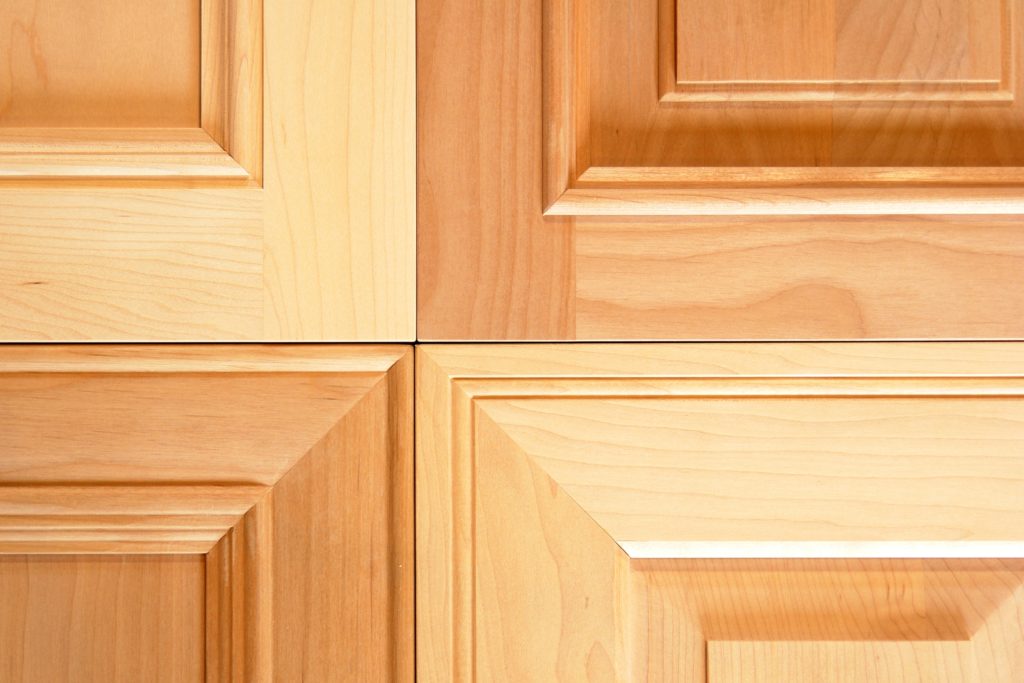
When finishing cabinetry or furniture pieces with a clear finish, you’ll have an important decision: do you apply a penetrating oil first and then a surface clear coat last?
The answer depends on how you want to highlight the grain and if a yellowish tone on clear wood (maple) would enhance or detract.
And, to avoid showing off flaws on larger surfaces, most woodworkers stick to a satin finish. Why? Well, gloss finishes reflect more light and highlight defects.
Options:
- Darker woods – use a satin sheen urethane to highlight the grain.
- Lighter woods – opt for a water-based finish that will not turn yellow with age.
Pick for Trim and Window Casings
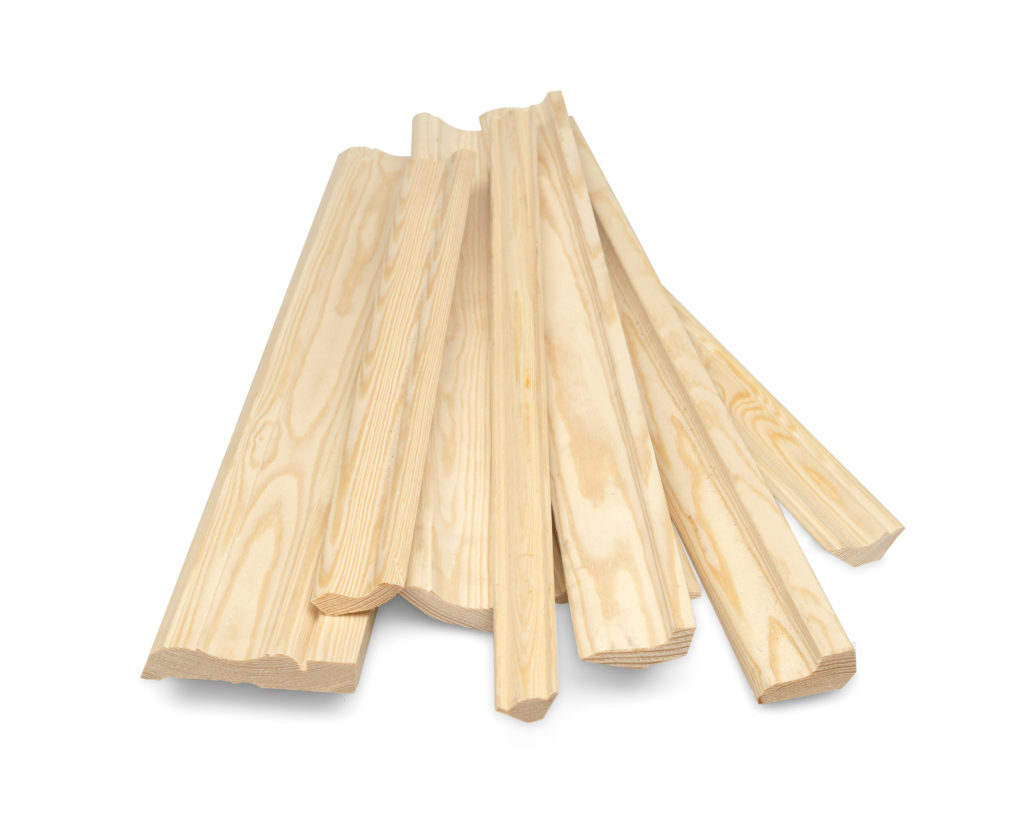
One of the most common DIY projects is to apply a finish to new trim or window casings.
But, surprisingly, this seemingly low surface area project will quickly become tedious as ridges and drips can create runs in the finish.
The solution? A wipe-on finish that goes on quickly and is excellent for small and large surfaces (including wood doors).
Options:
- Wipe-on finishes – look for a higher gloss wipe-on finish that builds up quickly and offers a rich shine.
- Sanding Sponges – it is a must to sand between the second and third coats for a smooth finish.
Best Finishes For a Butcher Block
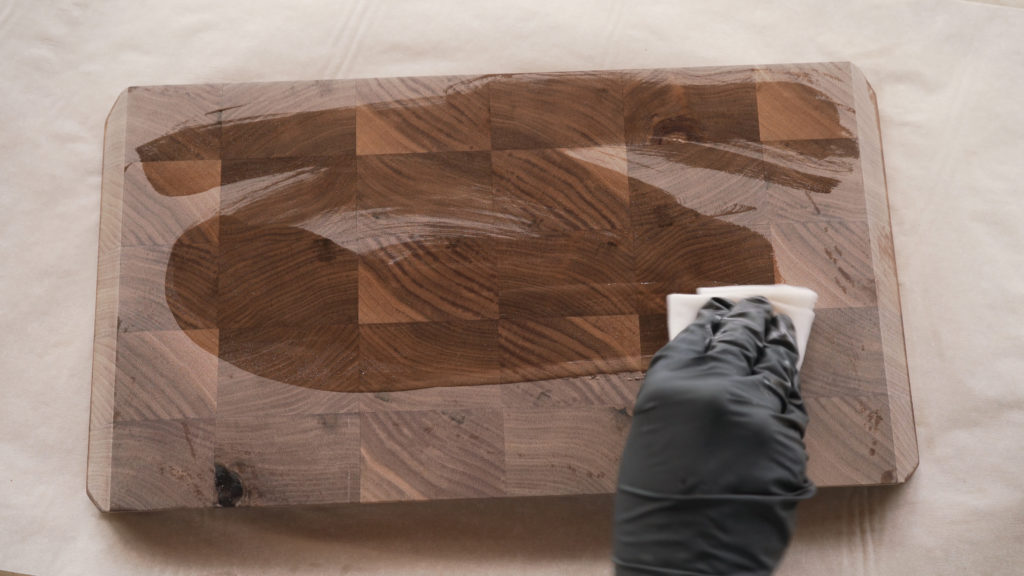
As you likely know, the number one consideration with any food-related wood is it is “food safe.”
And fortunately, there are dozens of options to choose from. Since these finishes *must* penetrate (surface finishes would come loose into your food), the options here are all oil-based sealants.
Be sure to follow the manufacturer guidelines – most recommend periodic re-sealants over the years. So keep hold of the bottle.
Best For Irregular Wood Project
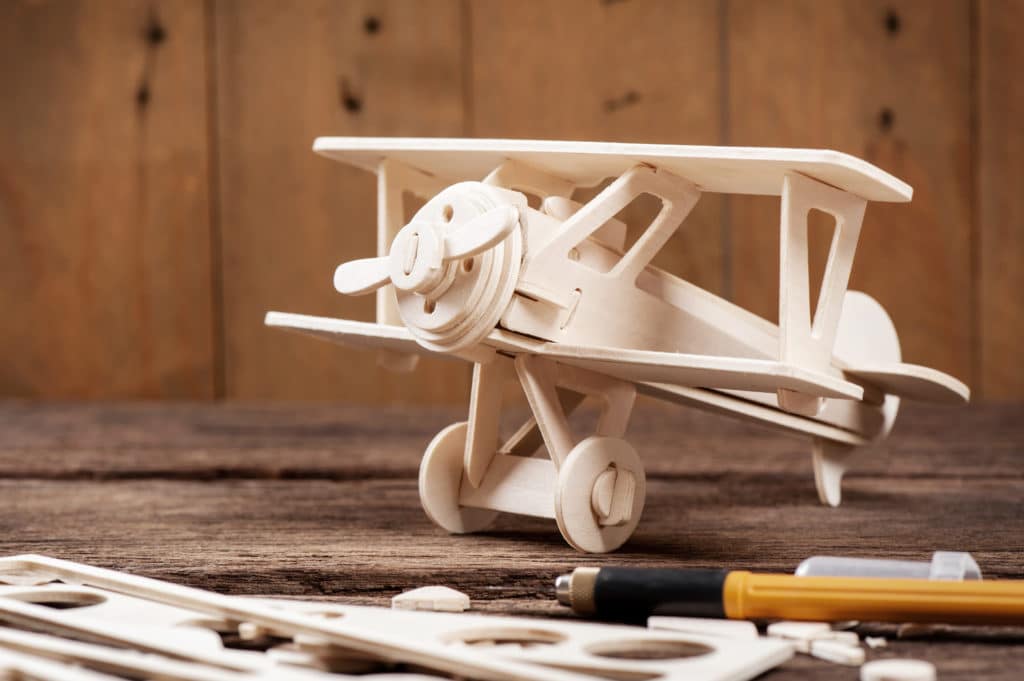
Some finish projects are intricate enough that wiping or brushing won’t work.
And while a professional would use an air sprayer, a DIY’er or even most woodworkers will turn to a basic spray-on lacquer.
Options:
- Spray Lacquer – is, first and foremost, a toxic spray, so use a mask. But this high gloss option goes on fast, dries quickly, and offers a durable finish.
- Spray Polycrylic – is less toxic, sprays clear, and offers a durable finish.
Types of Finishes
Penetrating Finishes
A cutting board is an excellent example of where a clear finish is desired, and the finish cannot be on the surface.
So what types of finishes can offer protection to the wood?
Fortunately, some solutions have been used for 2000+ years (Tung oil) that are plant-based and food safe.
Common Penetrating Finishes
- Tung Oil (plant-based, clear)
- Boiled Linseed Oil (plant-based, yellowing)
- Mineral Oil (non-toxic, food safe)
Applying a Penetrating Finish
These types of finishes are among the easiest to apply.
First, ensure your project’s surface preparation is complete, fully sanded, and clean of all dust and debris.
Then follow the directions on the oil you have chosen.
A few pointers:
- Always use clean, food-safe rags if you are working with pieces like a butcher block
- Drying time can vary from a few hours to a few days with a penetrating finish
- Follow directions for multiple coats
- And, remember multiple coats can lead to build-up you may not want
With some projects, like a butcher block, you can apply a tung oil many times over the piece’s life.
Toxicity of Penetrating Finishes
Most penetrating clear finishes are toxin free; however, check the individual supplier and remember to check the actual composition. For example, some Tung oil (pressed from the Tung tree) is imitation.
Surface Wood Finishes
By far the most popular type of clear wood finish, a surface finish will provide a durable topcoat.
Common Surface Finishes
- Lacquer
- Polyurethane
- Shellac
- Epoxy
- Polycrylic
Applying Surface Finishes
These finishes range from easy to hard to apply.
While some finishes wipe on with a rag, others require High Volume Low Pressure (HVLP) spray systems for the best finish.
What’s best for your project? Well, I consider budget and avoiding toxic fumes first, but humidity, drying time, and your skill all play into choosing a clear wood finish.
Toxicity
The toxicity of finishes is something to watch.
While water-based finishes are generally less toxic than a solvent finish, there are still toxins to keep track of.
What should you look for? First, the common language is Volatile Organic Compounds (VOCs), and the Underwriters Laboratory has a GREENGUARD program that certifies products seeking to be greener.
But, always use protective equipment when finishing wood to ensure you’re minimizing contact; use ventilation, respirators, and all other safety equipment as specified by the manufacturer.
Wood Finish Application Tips
Tip #1 - Make sure the wood is sanded properly
Woodworkers have many projects that go bad by not sanding the finish correctly.
To avoid this, follow these steps:
- For new construction projects, use a tool like a belt sander to remove extra wood and create a flat surface.
- My favorite tool is an orbital sander, which can remove a large amount of wood with a 40-grit sanding disc and be the finish sander with a 320-grit disc. Use this sander to remove scratches and prepare the wood for final sanding.
- Use a pad or palm sander with a high grit number (200+) to remove orbital sander swirls.
- For uneven surfaces, use a sanding block to remove any raised grain.
If you would like help on which sanders to use, refer to the guide to the best wood sanders.
Tip #2 - Use the proper safety equipment
Even a water-based finish has a level of toxicity that you should be careful with.
And lacquer or other chemical-based finishes require safety equipment. Beyond using a ventilated area, be sure to use the following:
- Paint-grade respirator
- Chemical gloves
- Eye protection
Tip #3 - Test on a Small Piece First
I have an imprint of an orbital sander on my insulated garage door.
Many years ago, I attempted a tricky color match on a maple desk top – which is extremely hard to do with a blotch-prone challenging maple project. And after many redo’s and touch-ups (and a late nite) was frustrated at the process.
What would I have done differently? You can use a test piece of maple first, find the proper application process, and only then finish the larger surface of the project.
While applying a clear wood finish may have a different level of difficulty, if you’re new to wood finishes, try a test piece of the backside of your project first to get the hang of it.
Frequently Asked Questions
What is the best clear wood finish?
While there are many varieties of wood finish, I prefer a urethane finish due to its easy application, durability, and water resistance. I have converted from spraying lacquer with an HLVP sprayer on most projects to using a wipe-on urethane.
Do I need to stain wood before applying a clear wood finish?
While there are pros and cons of applying an oil sealant, it comes down to preference and if you want to avoid a yellowing of the underlying wood. For example, the maple trim in my house is finished with three coats of lacquer and has no stain. But a light color or oil can enhance the grain of the wood and might be worth applying. If you’re unsure, test it out on a large enough test piece that you can decide what works best for your project.
How do you get a smooth finish on wood?
Applying two coats of a sealer, then sanding the finish with a 220 grit.
What is the hardest wood finish?
A two-part epoxy is one of the most brutal finishes for wood. While other finishes are durable, this finish is designed for high use, high risk of damage areas like commercial bars.
What is the difference between lacquer and polyurethane?
There are three primary considerations when comparing lacquer vs. polyurethane. First, lacquer is thin enough to be sprayed on, while polyurethane is generally brushed. Second, polyurethane is generally more durable as it is a surface finish, whereas lacquer is a penetrating finish. And last, lacquer typically dries faster due to its solvent base.
- About the Author
- Latest Posts
Eric has been a professional woodworker for over thirty years and has worked in small cabinet shops making everything from kitchen cabinets to hand-made furniture. Now working from a home woodworking shop Eric is sharing his passion for woodworking, tool advice and how-to knowledge from his Minnesota-based woodshop.
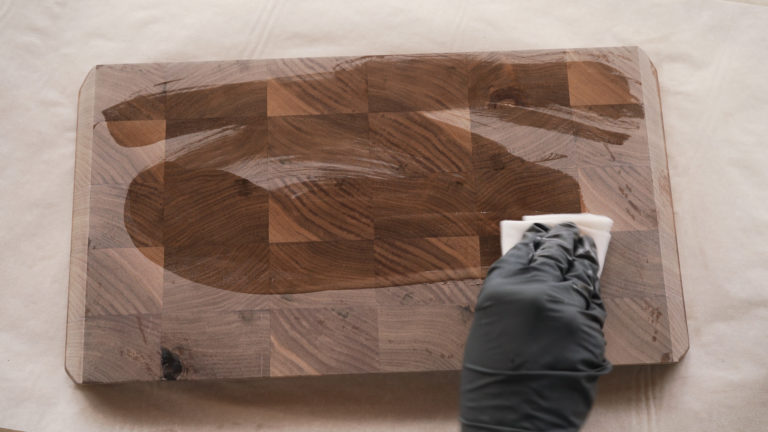


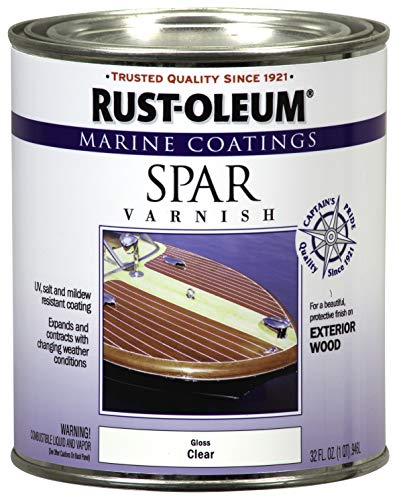




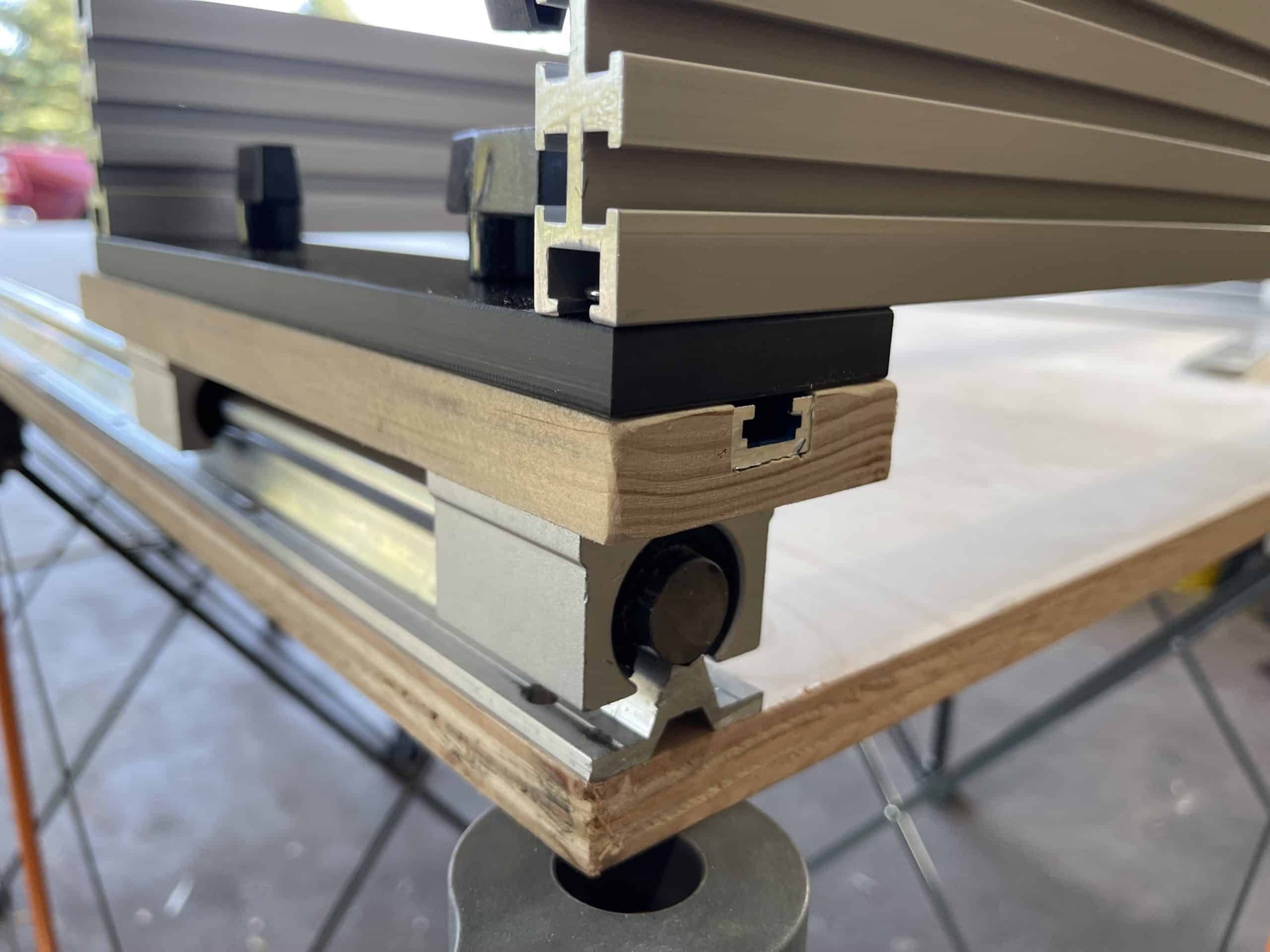
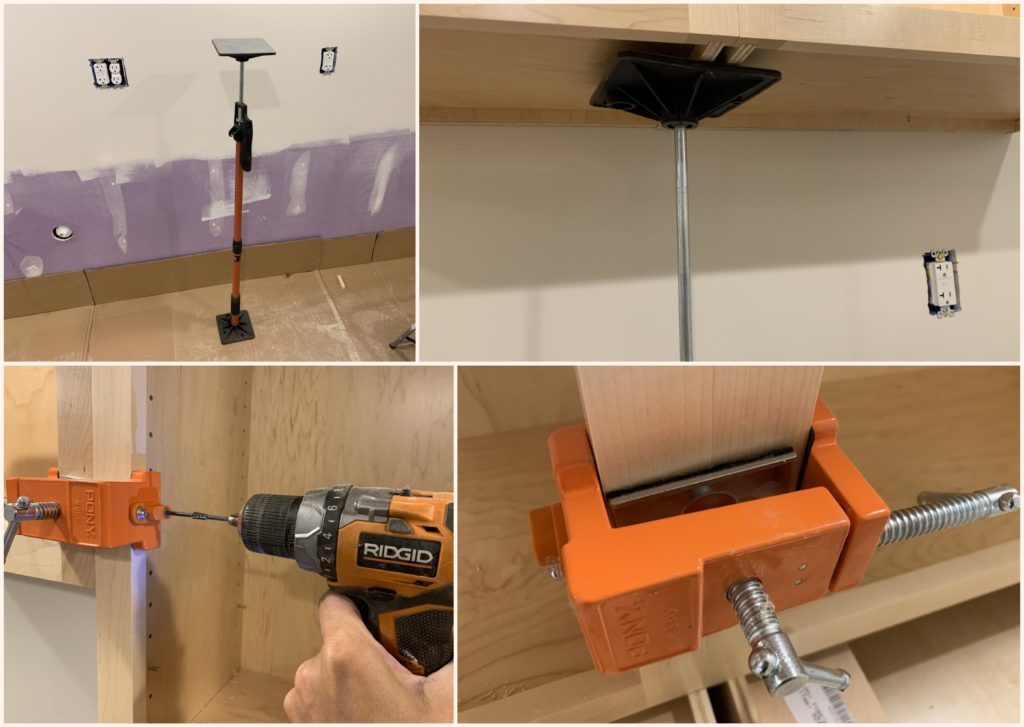
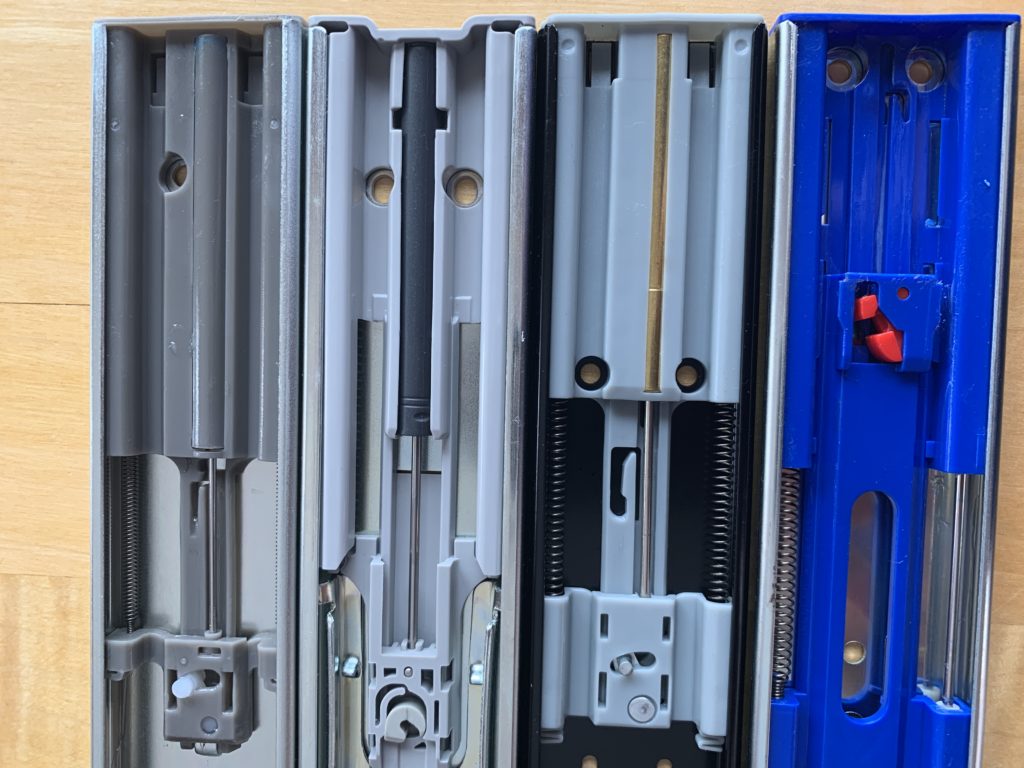
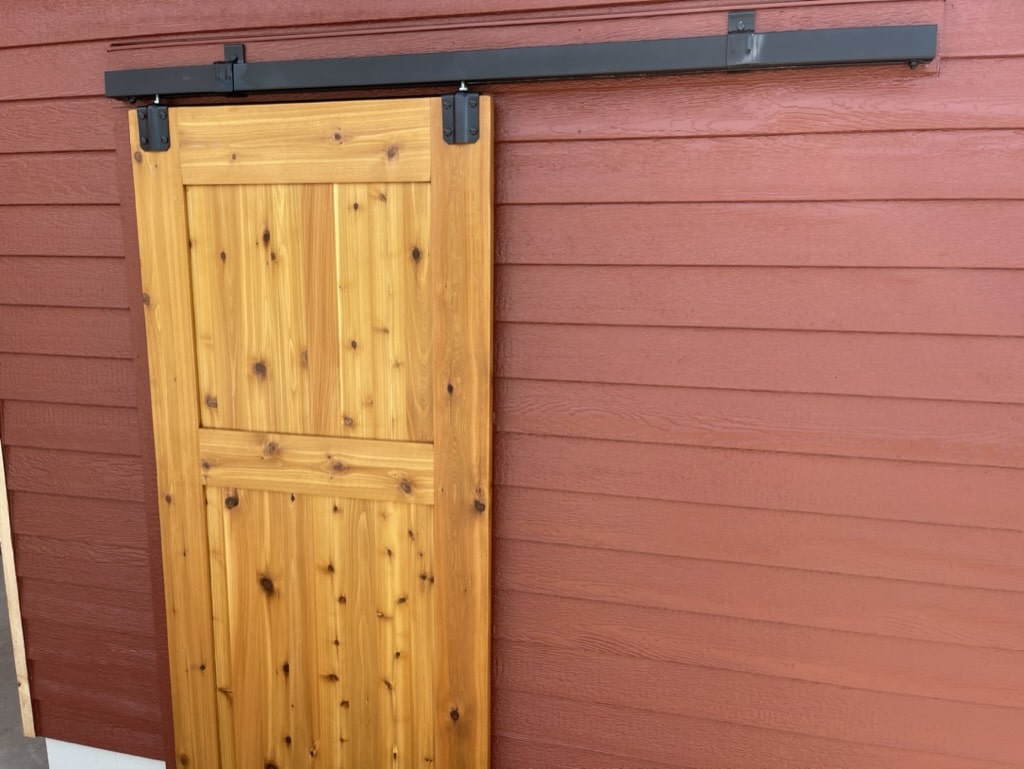
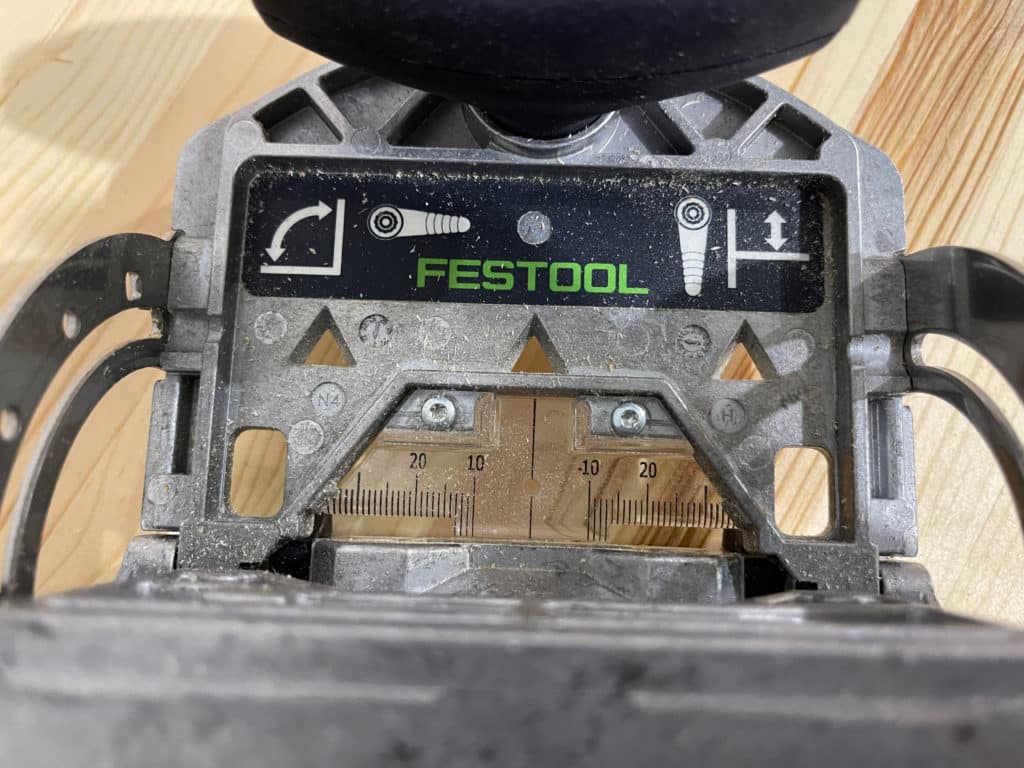
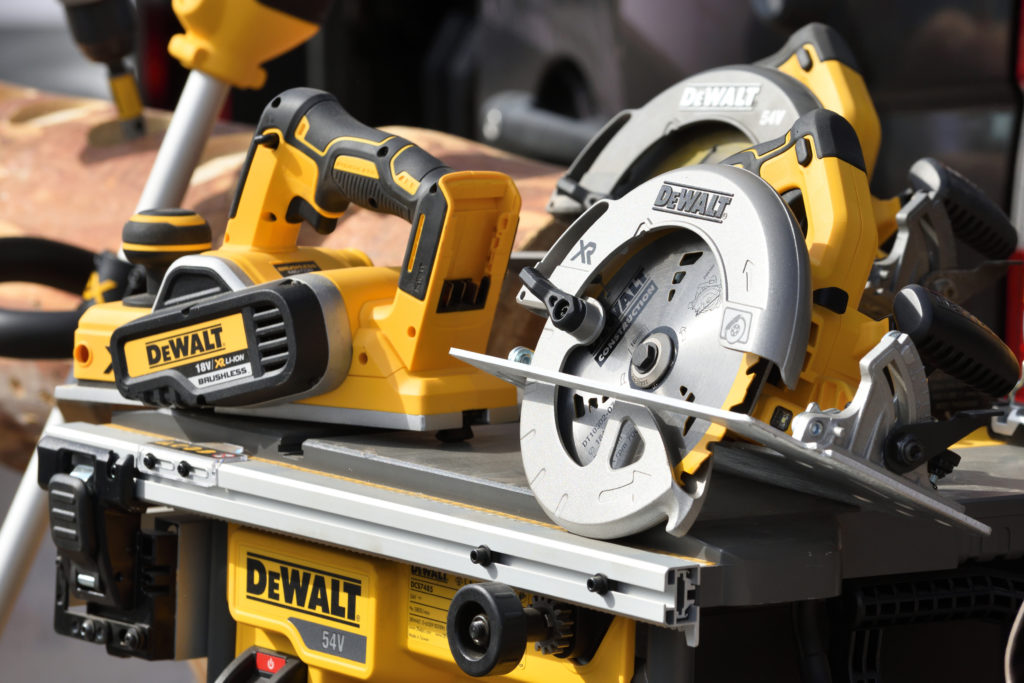
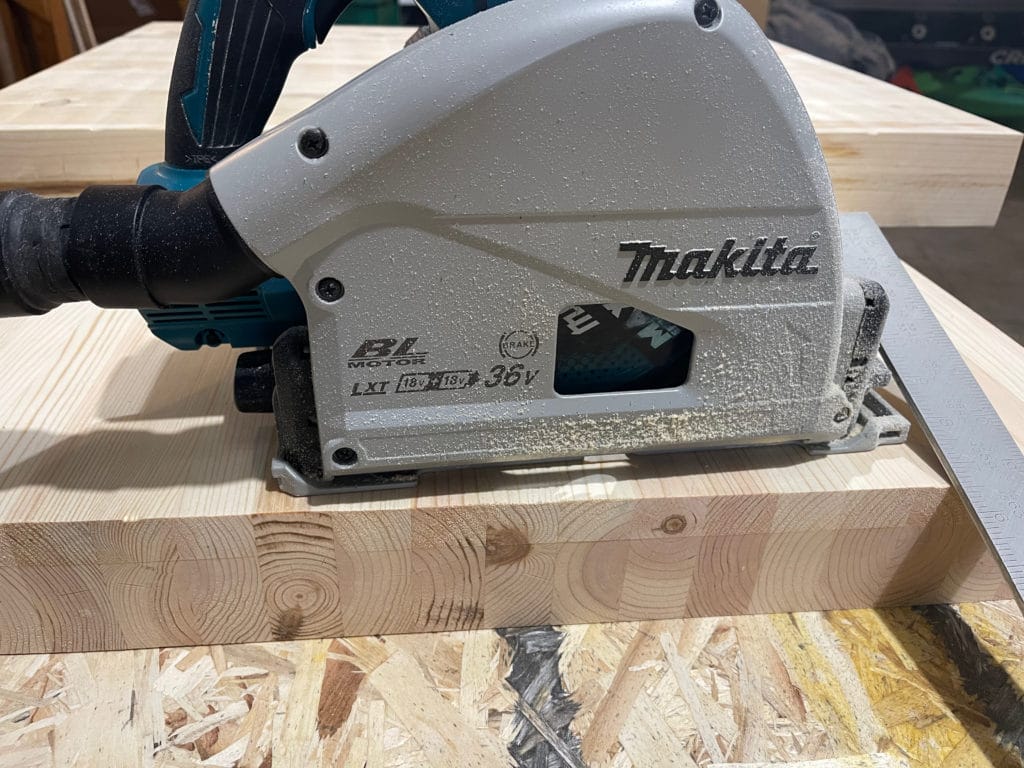
Hello, I appreciated your information on the different options for finishing. We have a cerused dining table with matching buffet and the table top has some minor surface damage where there was a centerpiece and water appears to have removed the top surface in a couple of areas, i am needing to sand it down and re-seal the table top to address the finish but do not want to harm the cerused white look that is in the grain so that the table will still match the buffet when complete.
if you have any suggestions i would much appreciate any input, local furniture restoration places here want more than the table is worth to refinish it and i still have concerns of the outcome matching the buffet.
the Polycrylic looks like it might be the solution since it does not yellow.
I can sent photos to help understand my situation better?
Thank you
Steve
Hi Steve,
I’d be happy to take a look and sent you a note!
Thanks,
E.D. Tryon
Hello, do you have any recommendations on a sealant for a redwood deck. I’ve read that we should wait at least 3 months before sealing the new deck and I am looking for recommendations on a sealant/stain.
Thanks for any info,
Abel
Hi Abel,
That’s a great question. My recommendation is consulting a local paint supplier like Sherwin Williams as your local temperature ranges, sun exposure, foot traffic and humidity will impact performance of the sealer (and when you can apply it).
E.D.
My question is about putting a clear coat of something on a walking stick. What is the best to use? I was thinking of the spray rustoleum laquer. Will that be ok?
Hi Michele –
Thanks for asking! One of the better options for a clear coat on a walking stick would be a spar varnish. Minwax has a spray version on Amazon: https://amzn.to/3jUDXIO.
Thanks,
EDT
Hello
What would you suggest for wooden wind chimes? I am looking to protect them from the weather and the uv of the sun.
Thank you
Hi Dee –
TotalBoat is one of the better outdoor protectants; their site recommends a combination of their finish plus a UV-protectant top coat. https://support.totalboat.com/hc/en-us/articles/1500000068821-Do-TotalBoat-epoxy-products-have-any-UV-protection-
Eric
Hi,
I have some cut pieces from a cedar tree that I would like to make into hot plates. They have a red Starburst in the center. Should I use Tung oil or Walrus oil first and then use a surface coat? If I apply a surface coat after a penetrating oil will that prevent yellowing?
Also, if I use a surface coat, which would be your best preference? Not sure if it’s needed or not.
Thank you,
Tamara
Hi Tamara,
For hot surfaces any surface finish will risk being heated and melted. A penetrating finish is best, or leave the wood bare.
Thanks,
Eric